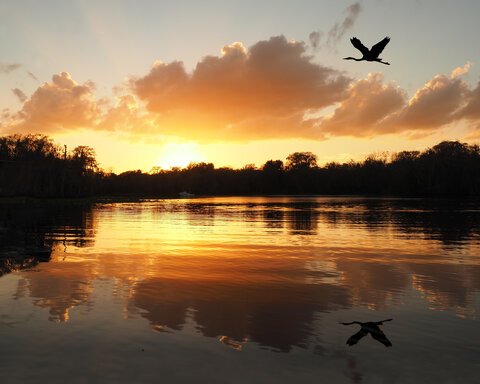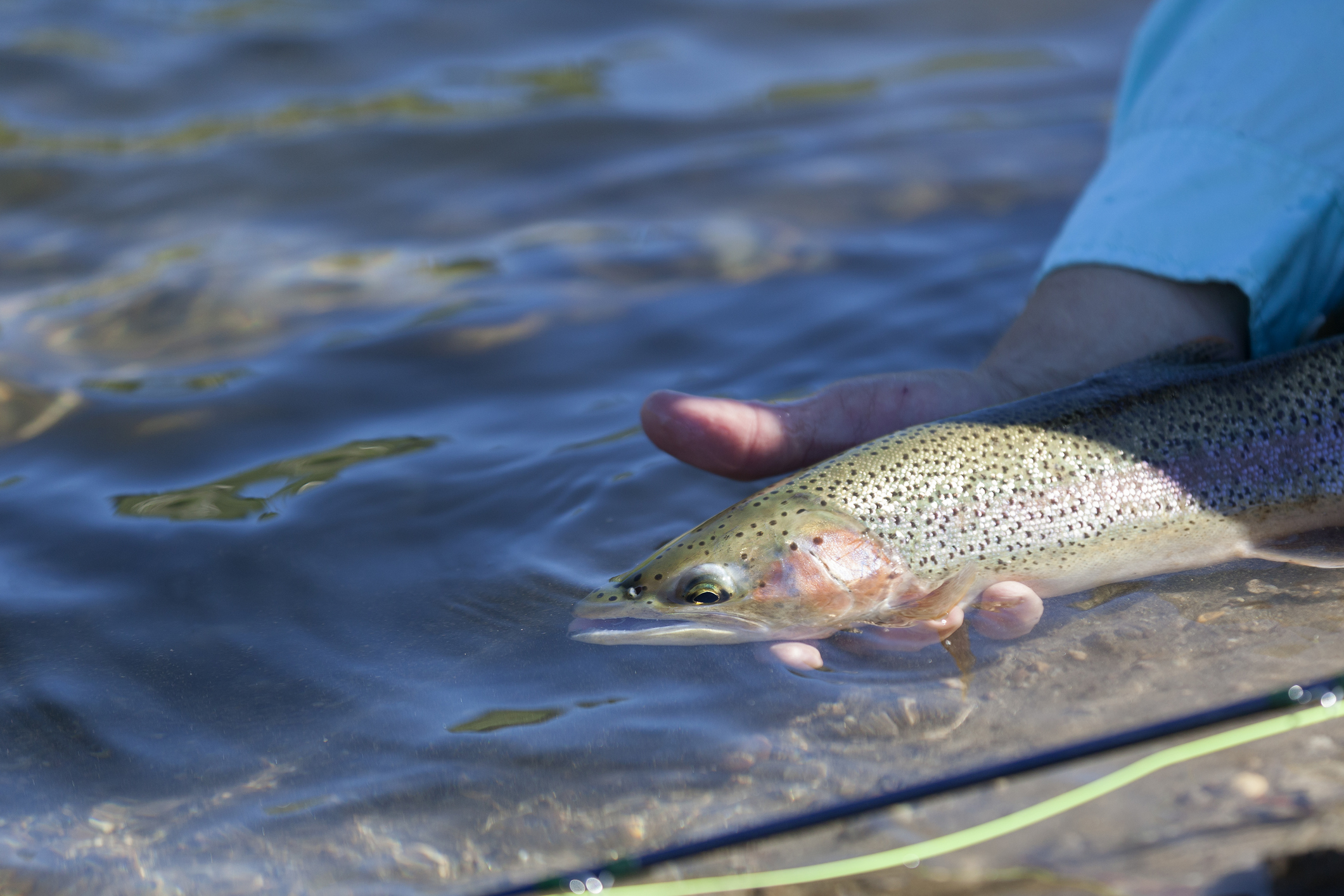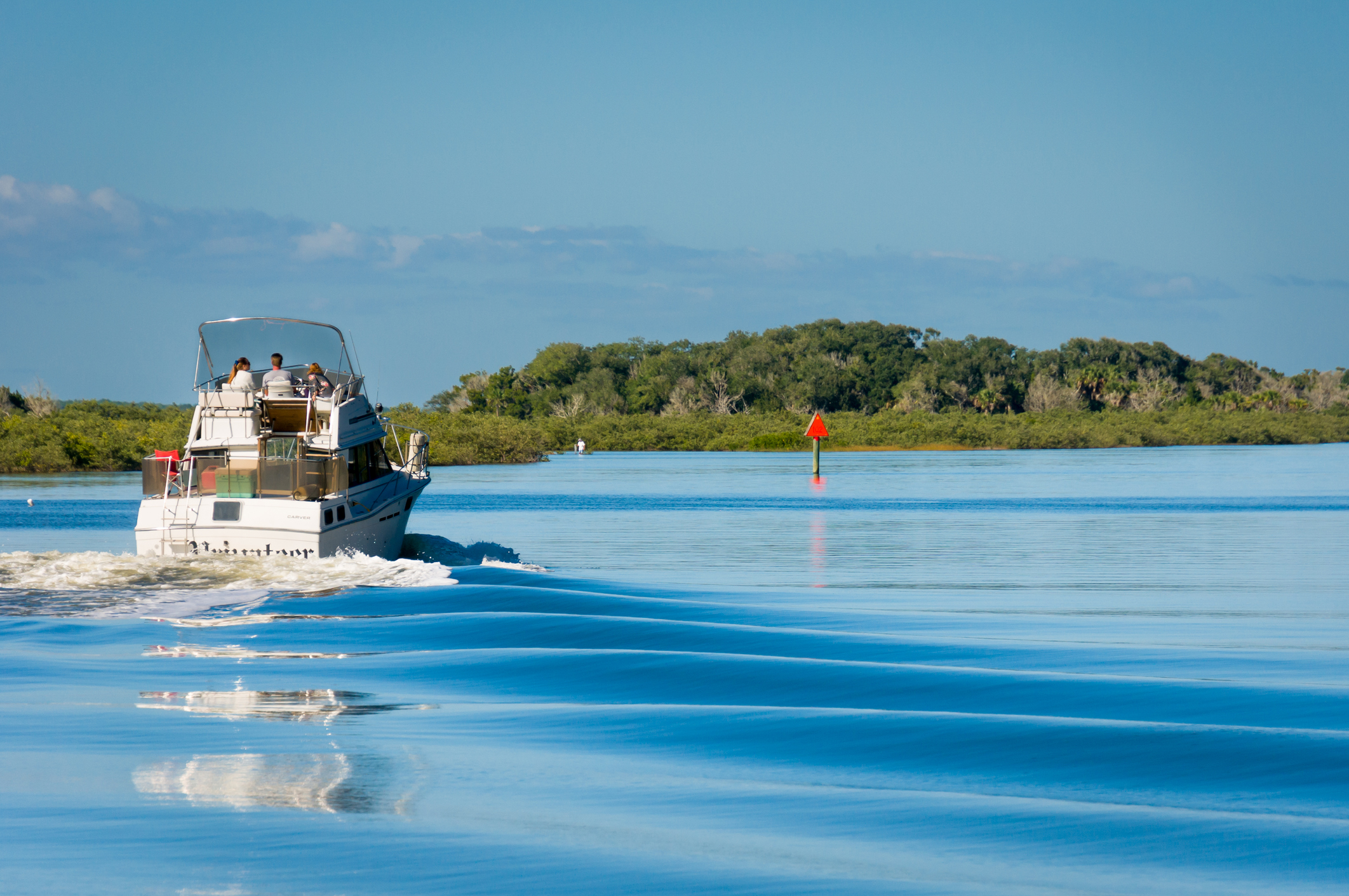Birding by boat opens up a whole different world than watching from shore! You can get into quiet marshes, protected coves, and shoreline areas that land-based birders never reach. Plus, the birds are less spooked by a slow-moving boat than someone stomping through the brush.
If you're planning a birdwatching boat trip, these tips will help you spot them. Nature lovers who boat already have the perfect setup; you need to adjust your approach slightly!
And the best part? Birding and wildlife watching from your boat are free and turn any cruise into a great experience. You don't need a fancy birdwatching boat tour when you can create your own!
How to Go Birdwatching from a Boat
1. Pick the Right Boat and Move Slowly
Kayaks and canoes are ideal for birding by boat since they're quiet, allowing you to get close without engine noise. Pontoon boats run a close second—they're stable for binocular use and have plenty of space for gear. Smaller boats provide access to shallow marshes and protected areas that larger vessels can't reach. These spots often have the highest variety of birds!
Whatever boat you use, slow down more than you think you need to. Fast movements and engine noise send birds flying before you get a good look. Additionally, cut your motor completely when you spot an interesting bird species and drift closer. The silence makes a massive difference in what you'll see.
Read Next: Top Kayaks for Beginners
2. Time Your Bird Watching Boat Trip Right
Early morning and late afternoon give you the best bird activity! Most species feed heavily during these times, and they're more visible. Midday heat sends many birds into the shade, making them harder to spot.
Pay attention to the time of year, too. Spring and fall migrations bring species you won't see in other seasons. Additionally, coastal areas in the United States see massive movements of shorebirds and seabirds during migration. And winter can be great for spotting bald eagles and waterfowl that head south.
Calm days beat windy ones for obvious reasons. You'll have an easier time using binoculars, and birds are more active when they're not fighting the wind.
3. Bring the Right Gear for Birding and Wildlife
You don't need specialized equipment, but a few key items can make a birdwatching cruise significantly more productive.
Essential Birding Gear:
- Good binoculars (waterproof marine binoculars work best)
- A camera with a zoom lens
- Field guide or birding app for identification
- Notebook to record sightings
- Polarized sunglasses to reduce water glare
Keep your binoculars on a neck strap so they're always ready. Birds don't wait around while you dig through your bag!
4. Respect Bird Habitats and Keep Your Distance
Maintain at least 100 yards from nesting areas and bird colonies. Some species, like storm petrels, are protected and have specific distance requirements.
Also, don't forget to cut your engine when approaching sensitive areas. Drift or paddle in quietly, watch from a respectful distance, and move on without lingering. Nesting birds especially need minimal disturbance.
Never chase birds to get better photos or views. If birds take flight or show stress behaviors, you're too close. Back off and give them space. Responsible birding by boat means the birds barely notice you're there.
5. Know Where to Look for Different Bird Species
Marshes and wetlands attract herons, egrets, ibis, and countless waterfowl. Scan vegetation edges and shallow water carefully—many birds blend in perfectly until they move.
Rocky shorelines and beaches bring gulls, terns, and shorebirds. Offshore areas offer pelagic birding opportunities for species that rarely come to land. Wooded shorelines might show you woodpeckers, warblers, and other forest birds.
Bald eagles hang out near water throughout much of the United States, and they're easier to spot than you think. Look for their distinctive white heads in tall trees near the waterline.
6. Make It a Regular Practice
The more time you spend birding by boat, the better you get at spotting and identifying birds. You'll learn the patterns of your local waters - which coves hold herons, where the ospreys nest, when the migration waves hit.
Consider joining local birding groups or connecting with other nature lovers who enjoy boating. They can share hotspots and help with tricky identifications. Bird watching boat trips become more fun when you can compare notes with others!
Getting Started with Birdwatching Boat Tours
You don't need to completely change how you boat to enjoy birding and wildlife watching! Just slow down in areas where you typically see birds and bring binoculars on your next trip. Spend a few minutes watching instead of rushing to your destination. The best birding cruises allow you to slow down and enjoy all that nature has to offer!


